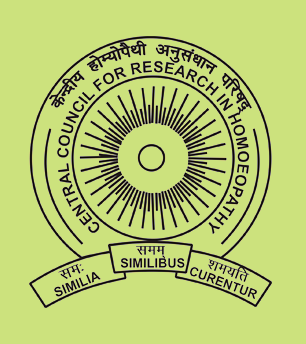Indian Journal of Research in Homoeopathy
Keywords
Essential hypertension, Homoeopathy, Placebo, Randomized controlled trial, Systolic and diastolic blood pressure
Article Type
Original Article
Abstract
Background: Hypertension is the most common cardiovascular disorder posing a major public health challenge to the population. Homoeopathy, although widely used in hypertension, is assumed to have nothing but placebo effects and its specific clinical effects are frequently ascribed as implausible. Aims: To evaluate whether individualized homoeopathy can produce any significant effect different from placebo in essential hypertension by comparing the lowering of blood pressure between groups. Settings and Design: A prospective, double-blind, randomized, placebo-controlled, parallel-arm clinical trial was conducted at the Outpatient Clinic of the Mahesh Bhattacharyya Homoeopathy Medical College and Hospital, West Bengal. Material and Methods: Out of 233 hypertensives assessed for eligibility, 150 were enrolled and randomized (verum/homoeopathy 70, control/placebo 80). A total of 18 dropped out and 132 were regular (verum 64, control 68). The outcome measures were assessed after three months and six months. Statistical Analysis: The intention-to-treat population was subjected to statistical analysis. Group differences were tested using the χ2 test and independent t test. Repeated measure (ANOVA) was performed to compare the data of two groups obtained longitudinally at baseline, three months and six months. Results: The baseline data were not significantly different between the groups. After six months, mean Systolic Blood Pressure (SBP) reduction was 26.6 mm Hg (95% CI 21.5, 31.7) in the homoeopathy group and SBP increased by 3.6 mm Hg (95% CI -8.7, 1.5) in the placebo group. Similarly, the mean Diastolic Blood Pressure (SBP) in the homoeopathy group reduced by 11.8 mm Hg (95% CI 9.2, 14.4) and increased by 1.6 mm Hg (95% CI -3.6, 0.4) in the placebo group. Repeated measures ANOVA also showed significant difference (P=0.0001) between the groups. Natrum muriaticum, Calcarea carbonica, Sulphur, Thuja occidentalis, Nitric acid and Medorrhinum were frequently prescribed. Conclusion: Individualized homoeopathy produced a significantly different hypotensive effect than placebo.
Digital Object Identifier
10.4103/0974-7168.116629
Publisher
Wolters Kluwer India Pvt. Ltd.
How to cite this article
Saha S, Koley M, Hossain S, et al. Individualized homoeopathy versus placebo in essential hypertension: A double-blind randomized controlled trial. Indian J Res Homoeopathy 2013;7:62-71. doi: 10.4103/0974-7168.116629

- Citations
- Citation Indexes: 5
- Policy Citations: 1
- Usage
- Downloads: 836
- Abstract Views: 280
- Captures
- Readers: 22


